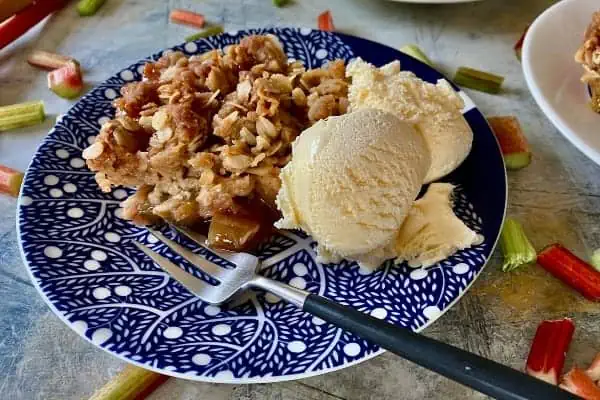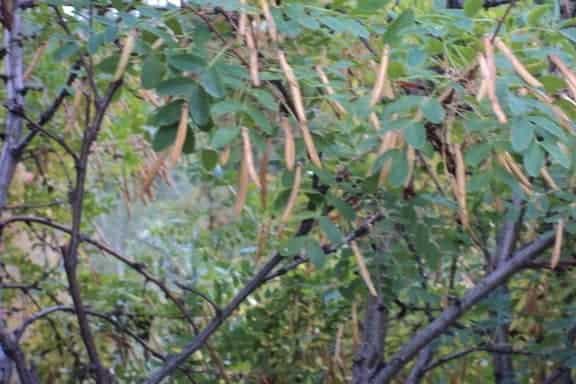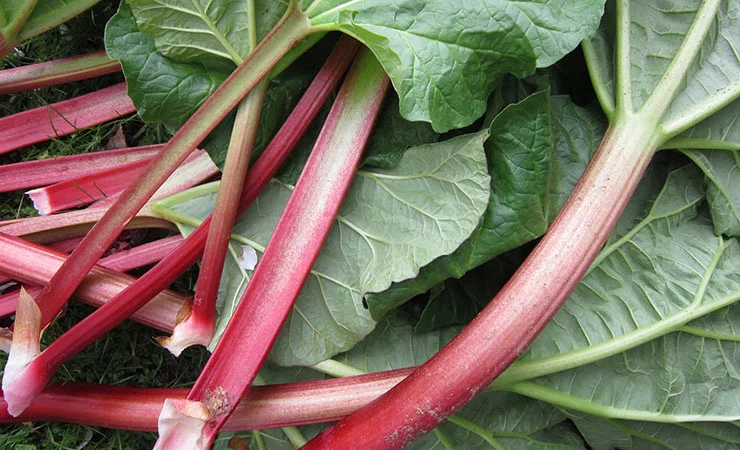I made my first real gardening faux pas this week. I cut down the rhubarb. All of it.
Sawing through the base of the stalks with a kitchen knife, the adrenaline rush was intense as the stalks fell, one by one, their huge leaves making satisfying crashes.
I got really into it, hacking the leaves from the tops of the stalks, tossing the leaves into one pile and the fruity stalks into another, worked into an over-exuberant frenzy of doing the first harvest.
I am not a gardener. I am not to be trusted with tending house plants of indestructible cacti, let alone a full-fledged yard and greenhouse full of fussy fruiting varieties.
Aspiring to hone a greener thumb, gardening was an initiative I took on this year for the first time since I was a kid with an overgrown strawberry patch.
The strawberries did fairly well for themselves, much better than the house plants. They crawled wildly in every direction, surviving unruly dogs and cats who treated their bed as a sandbox, and yielded a halfhearted harvest of small, tangy berries, most of which were consumed upon sighting.
Rhubarb proves to be a fussier fellow.
In favour of accessible sources, I should have consulted my actions with an online search of garden forums first.
As it turned, with the thrill of reaping a reward after weeks of remaining patient through the prep, planting, watering and waiting, I may have gone too far. I may have completely mutilated the poor plant.
According to later research, if the plant is cut down to sad knobs showing like amputated limbs through the dirt, as I did, it is more than likely the plant will not return with another harvest until next season.
Whoops. Apologies to my fellow gardening crew working with me on this collective backyard project.
In my ignorant defence, the robust plant was going to flower, and I had best intentions to cut that process short and turn the stalks in their glory into a sweet and spicy rhubarb chutney.
Not much can be done now except to thank the sacrificial rhubarb for delivering a handful of jars of the condiment.
(Which turned out to be delicious! Flavoured with garlic, ginger, cinnamon, raisins and a splash of dry white wine, it pairs nicely with herb and nut studded crisps or salty crackers, layered with goat cheese and fresh-picked basil and cilantro.)
However, I did learn an important lesson in gardening, which is that the way you go about harvesting is key to the bounty of your harvest.
I did a number of things wrong, starting with leaving the kitchen knife where it belongs in the kitchen.
I should have gone about taking stalks by twisting them free of the crown, as not to leave a growth-inhibiting wounded stub.
Second, I was right to remove the flowering stalk, however should have been selective about which stalks I took, taking only what I needed and leaving a handful of mature leaves on the plant, again, to serve the plant’s best growth.
When harvested properly, by southern harvest standards (adjusting the standards to the northern climate is somewhat of an added curveball in the game) the harvest season for rhubarb should last 8 to 10 weeks.
Notes taken.
Rules for harvesting extend beyond rhubarb, though. The trick now is that each type of plant expects a different treatment for harvesting, and considering our ambitious plot, that will be quite a list to remember.
Basil flourishes from a clip to the top, cilantro likes to be mown from the base, kale and lettuce may be continually robbed of outermost leaves, beet greens may be removed at any time, like rhubarb, but only up to a third of the plant at once.
Hopefully these guys will have an easier time as I familiarize my search bar with “how to harvest [insert plant here]”.
As for the rhubarb, I’m sorry, guy.




